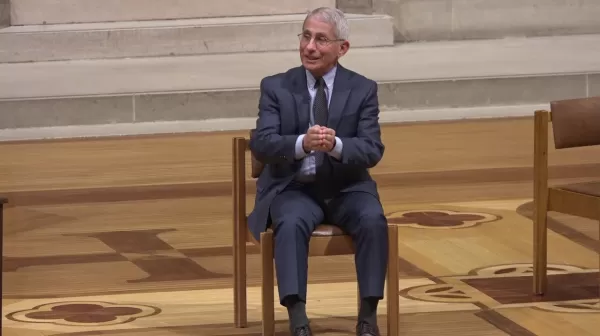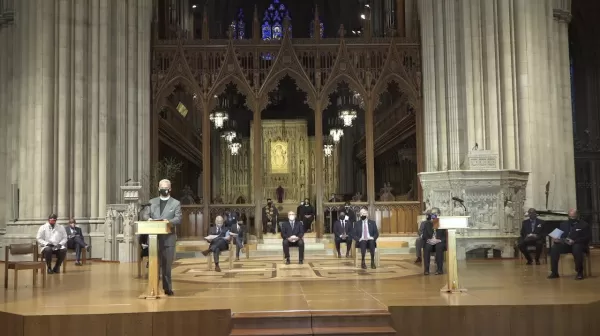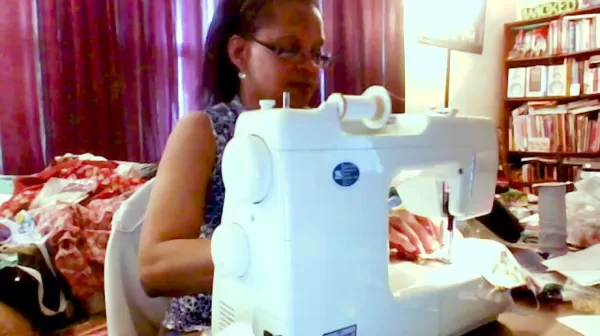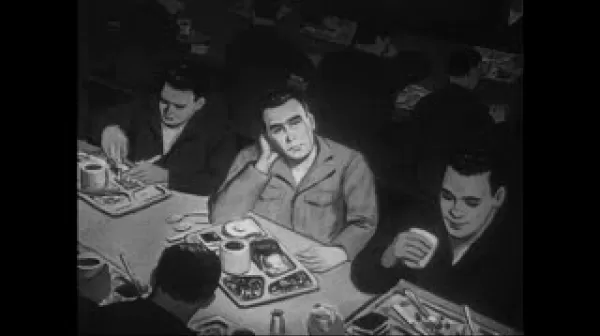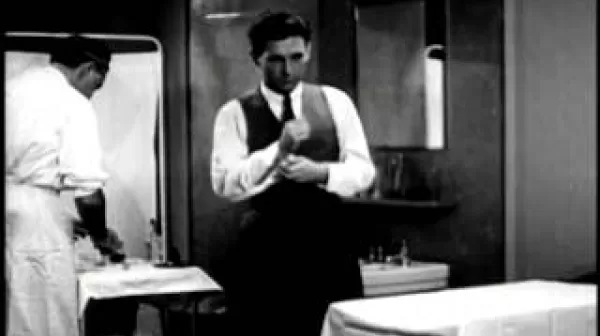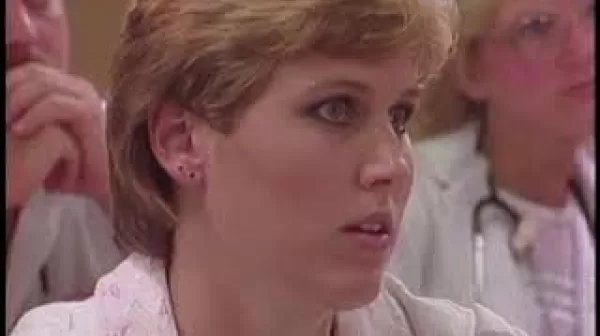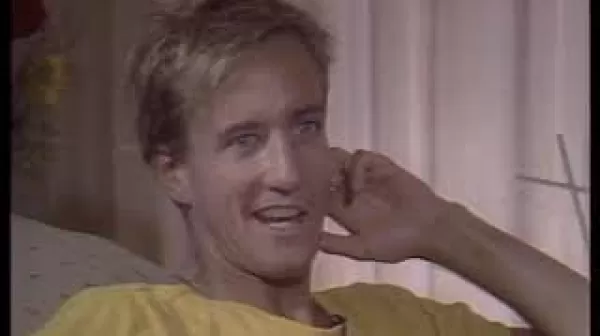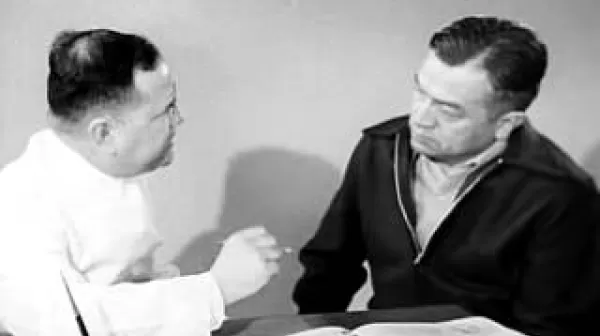COVID-19: Where Do We Go From Here? (NIH, 2020)
Dr. Anthony Fauci of the National Institute of Allergy and Infectious Disease, along with Dr. Francis Collins, director of the National Institutes of Health and winner of the 2020 Templeton Prize, and Dr. Luciana Borio, a member of President-elect Joseph Biden's Coronavirus Task Force, present and discuss the COVID-19 pandemic on November 12, 2020. Presented as the Cathedral's 2020 Ignatius Forum, Dr. Fauci will discuss the prospects for a second wave and for a vaccine. Dr. Fauci, Dr. Collins and Dr.

